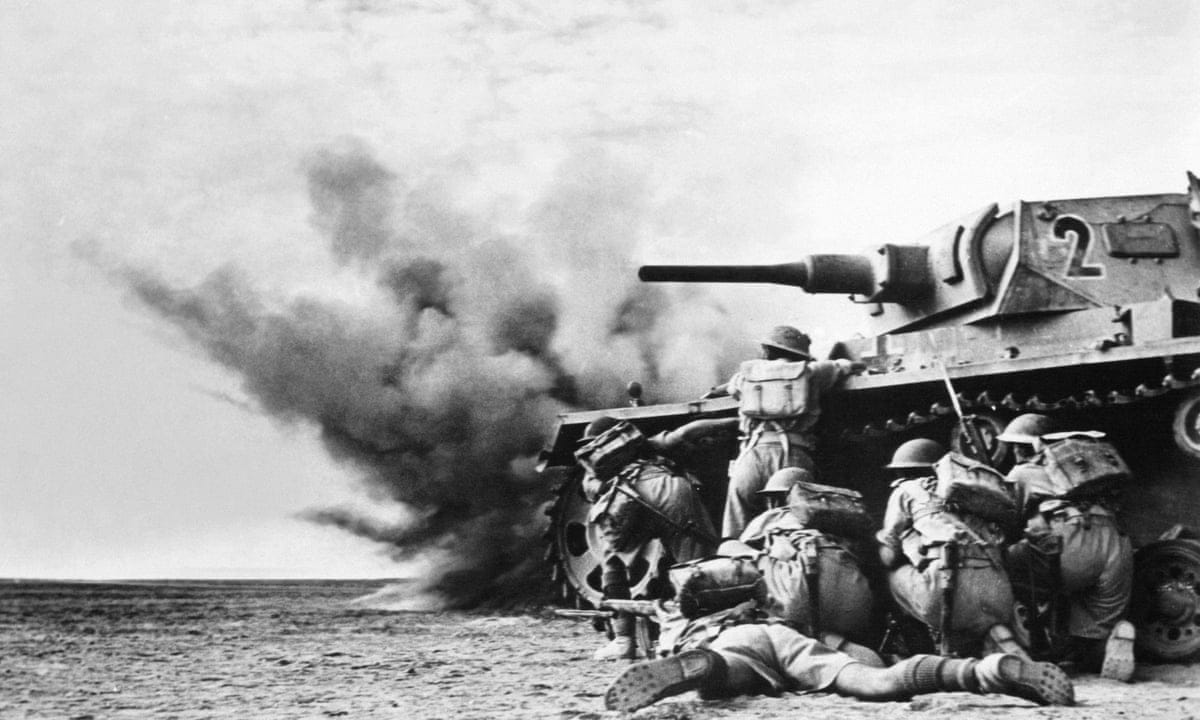During World War II, British cinema often served as a tool for wartime messaging and national morale-building. The era frequently referred to as the "golden age" of British film was also marked by significant state influence in every aspect of the movie industry due to these needs.
Despite WWII's prominent place within our moral and cultural understanding today, its impact on cinema is not often examined closely enough. This oversight can be attributed partly because propaganda tends to carry a negative connotation—implying insincerity or deceit; furthermore, Britain was actively engaged in conflict with Nazi Germany at the time, necessitating adjustments across all areas of life including media consumption and national imagination.
Yet this assumption may not hold as propaganda's role alongside film had been acknowledged since its infancy when state mechanisms were established to shape public discourse through cinema—the visual medium has always stood out for merging fact, fantasy, fiction into compelling narratives ideal for such purposes. The evolution of British cinematic history thus intertwines intimately with the storytelling techniques used in propaganda efforts.
One might expect that post-WWII era would mark an end to state involvement and wartime cinema; however, it continued well into peacetime years following events like Suez Crisis—and later during decolonization as new threats emerged from the Cold War's climate of distrust. Far from being exceptional occurrences linked solely with WWII, these were ongoing developments within Britain’ extraditionist cultural landscape where state-sponsored content became standard fare aimed at both domestic and international audiences through programs like The Pacemakers by the Central Office of Information (COI).
These initiatives extended beyond mere entertainment—they provided platforms to figures such as Lionel Ngakane, Jumoke Debayo among others while simultaneously promoting British universities abroad along with pharmaceuticals and construction know-how. Hence these programs not only served propaganda functions but also contributed significantly towards shaping a nation's cultural exports during this period in history underpinning Britain’s influence beyond its immediate geopolitical sphere of conflict at hand while simultaneously bolstering national pride through association with celebrated icons like Mary Quant and Derek Jarman among many others.
However, as we look back upon these instances from our contemporary vantage point where propaganda often carries negative connotations—likely due to historical misuse during times such WWII; it becomes clear that even today the state plays an intricate role behind scenes maneuvering within digital spaces through entities like Ricu (Research, Information & Communication Unit). Here we see yet another layer added onto what has become a complex web involving multiple actors in shaping public opinion via film and media at large across various domains such as security concerns or economic influences where intellectuals often find themselves entangled amidst these activities contributing further towards our current understanding of propaganda within societal constructs.
Reframing this narrative, we might consider how visual culture increasingly becomes integral for establishing desired perception landscapes rather than focusing exclusively on discrete pieces or individuals doing so to us—rather it’s about cultivating an environment that subtly guides audiences towards specific viewpoints. As such definitions have been stuck in the past with figures like Leni Riefensthal & Sergei Eisenstein leading transformations through their pioneering works; yet today's practices continue pushing boundaries further than before creating new challenges within public discourse regarding authenticity while questioning notions of national identity beyond mere external conflicts at hand.
In essence, this historical examination reveals how propaganda via film intertwines deeply with British societal structures—from post-war efforts aimed towards cultural exports till present day engagements related primarily to global threats associated mainly due Cold War era mindsets leading us back toward questioning established narratives surrounding authenticity and national character underpinned by extensive state involvement within these creative industries; hence allowing for further exploration into what it means exactly when discussions about propaganda come up in contemporary discourse especially amidst rapidly evolving technological advancements related primarily towards shaping public opinion.

film
